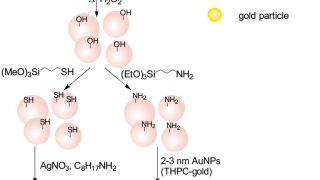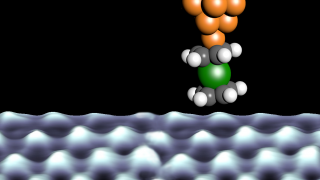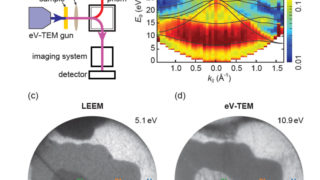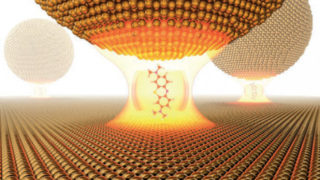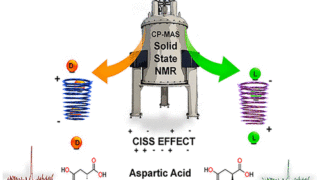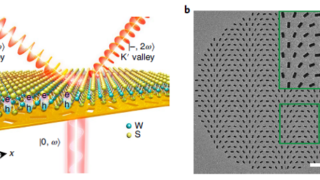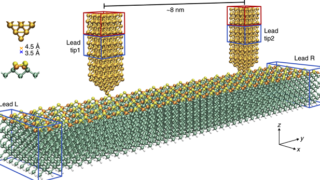
Large multi-directional spin-to-charge conversion in a low symmetry semimetal at room temperature
Symmetry is a unifying principle that governs all aspects of physics. The physical properties of crystalline solids are no different. But, as symmetry is progressively lowered through the 32 crystallographic point groups, novel transport effects emerge. Crystal symmetry dictates also the geometry of a phenomenon that has attracted a lot of attention in recent years […]
